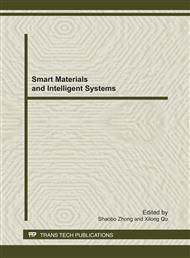p.379
p.389
p.393
p.398
p.402
p.407
p.412
p.418
p.424
Effect of Equivalence Ratio on Propagation Process of Combustible Gas in Venting Tube
Abstract:
To explore the effect of equivalence ratio on the propagation process of combustible gas in the venting tube, in the present study, the κ-ε turbulent model and the combustion models were implemented base on unaltered venting conditions and different equivalence ratio of methane-air. In particular, the numerical simulation results illustrate both speed and pressure were at maximum when equivalence ratio was 1.0. However, methane-air didn't reach the most sufficient combustion when equivalence ratio was 1.0. It was possible that the pressure release caught the equivalence ratio change and failed to generate detonation.
Info:
Periodical:
Pages:
402-406
Citation:
Online since:
January 2012
Authors:
Keywords:
Price:
Сopyright:
© 2012 Trans Tech Publications Ltd. All Rights Reserved
Share:
Citation:


